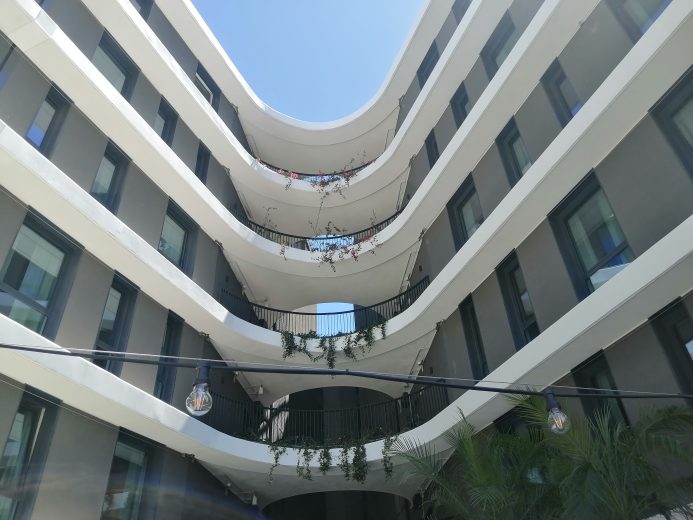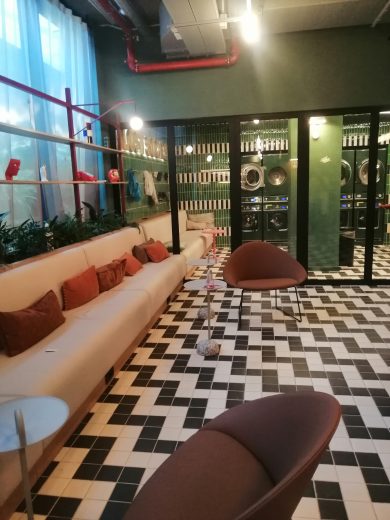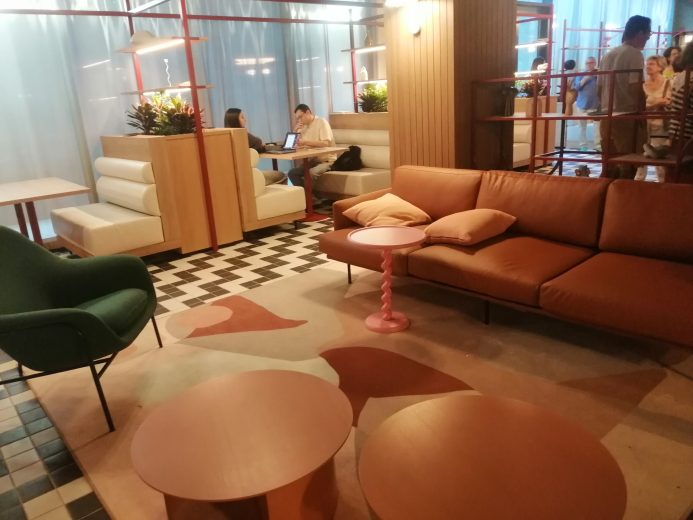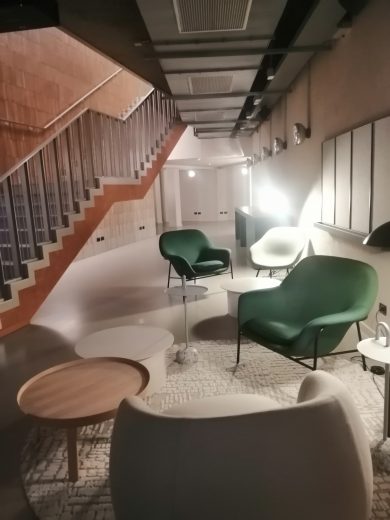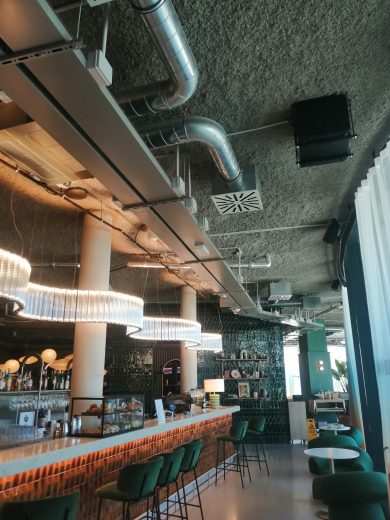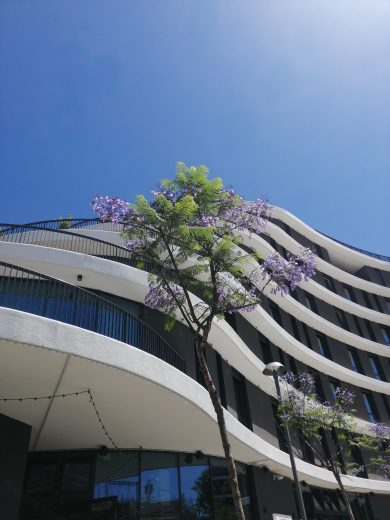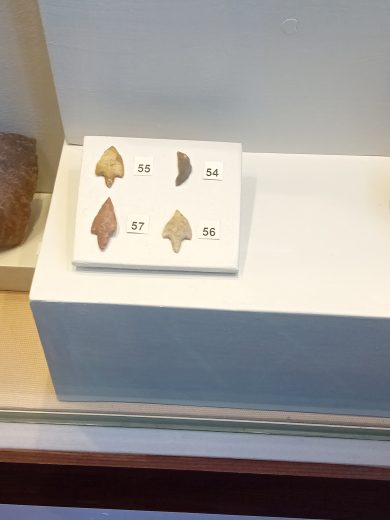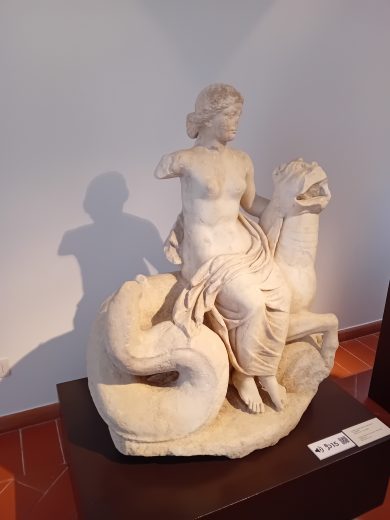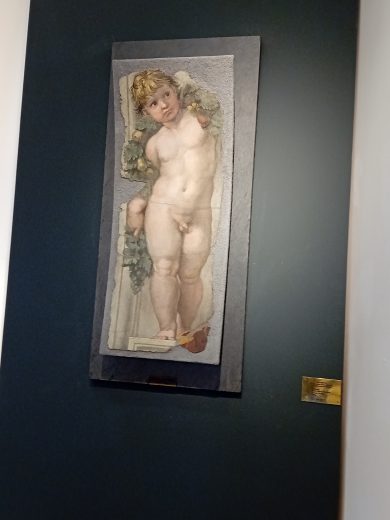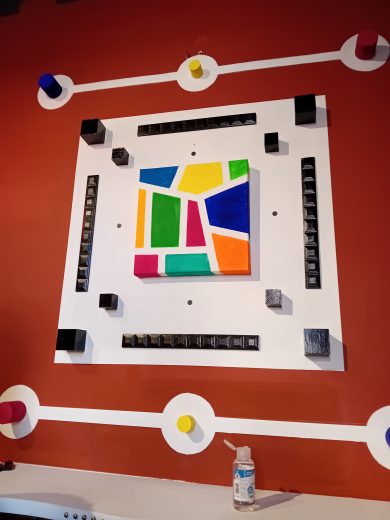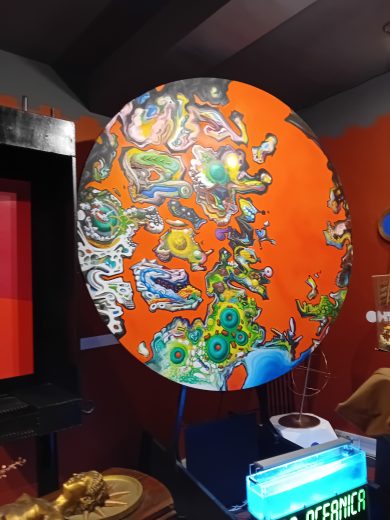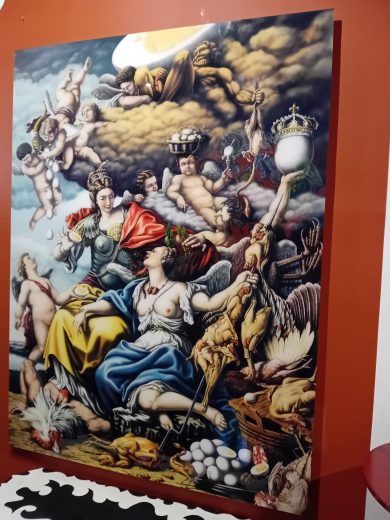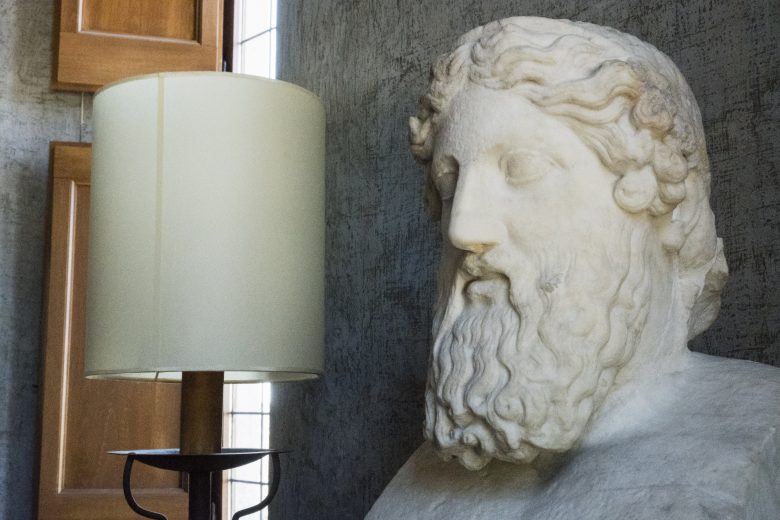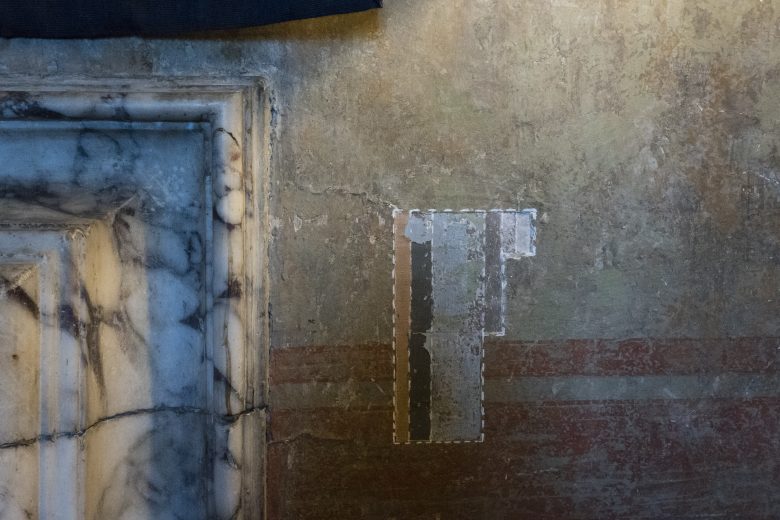Visual
Stories
Every year, Open House Europe launches an international open call for visual stories, encouraging participants to share their views on architecture and reflect on the Annual Theme through photography, film, drawing and other visual art forms. The selected Visual Stories become an exhibition and travel across Europe to various Open House Europe partner organisations. Additionally, selected works are featured in a printed publication and online.
 Open House Lisbon 2023. Palácio Do Grilo. Photo by Hugo David © Courtesy of Trienal de Arquitectura de Lisboa
Open House Lisbon 2023. Palácio Do Grilo. Photo by Hugo David © Courtesy of Trienal de Arquitectura de Lisboa
How to
participate?
Share your creative take on the 2025 theme 'Future Heritage', inspired by your experiences at your local Open House festival.
Gallery
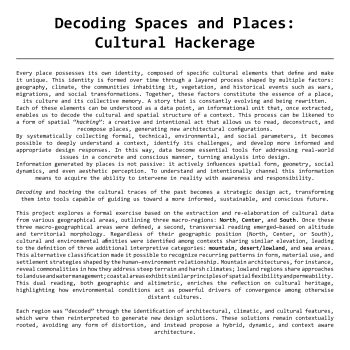 Selected
Selected
Decoding Spaces and Places: Cultural Hackerage
Stefano Bastia_SOA Architecture
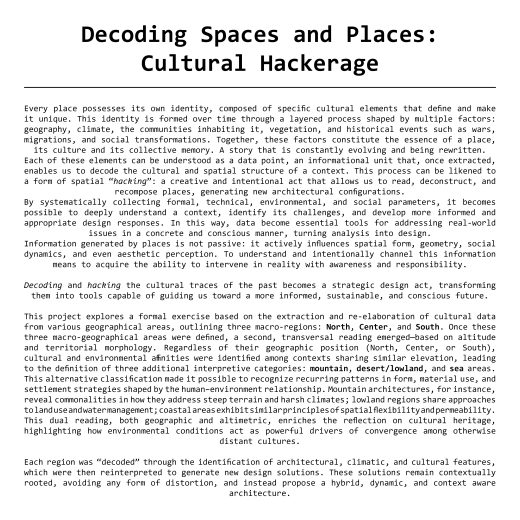
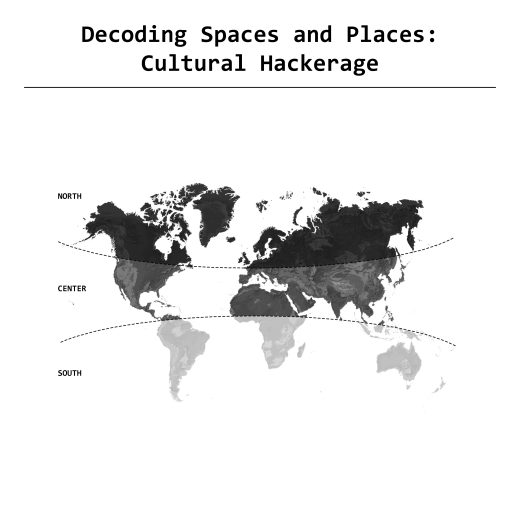

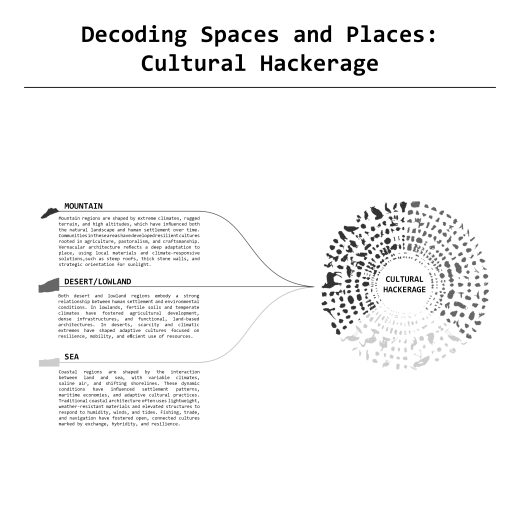
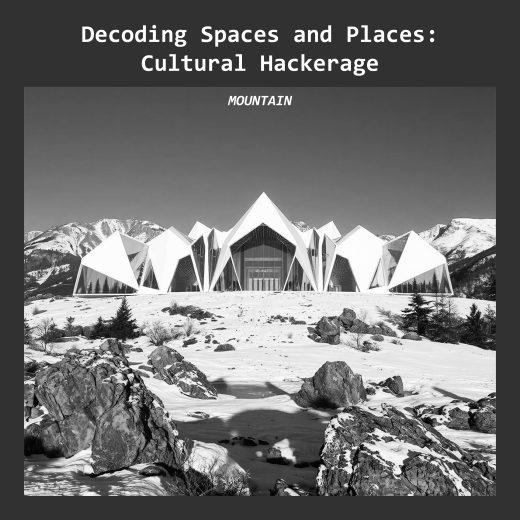

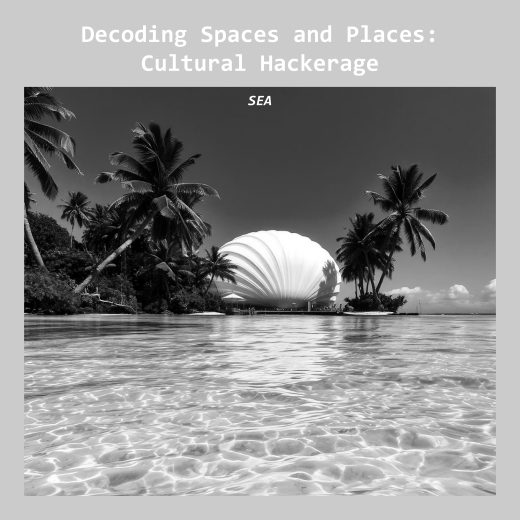
Each place is defined by a unique cultural identity, the result of a stratification of geographical, climatic, social, and historical factors. These elements can be read as data: information that, when extracted and reworked, allows for the decoding of the context and the generation of new spatial configurations. The project proposes an approach that likens the analysis of the territory to a creative and conscious “hacking” of space, transforming the collection of environmental, technical, and cultural parameters into a design tool. Data thus becomes key to critically understanding places, addressing real issues, and developing integrated and sustainable architectural solutions. The goal is to recognize in the traces of the past an active potential, capable of guiding the project toward more conscious and responsible futures.
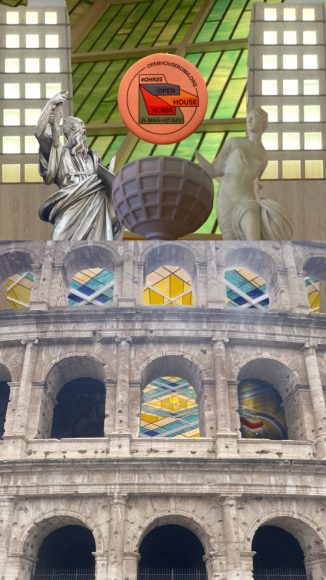
Spoiled for choice
Síofra Corrigan
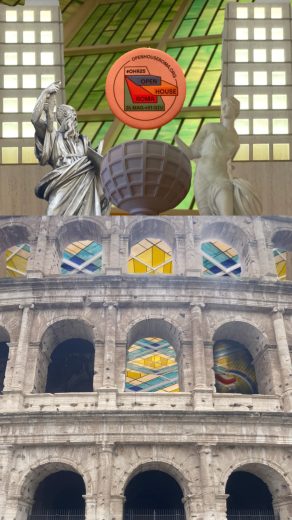
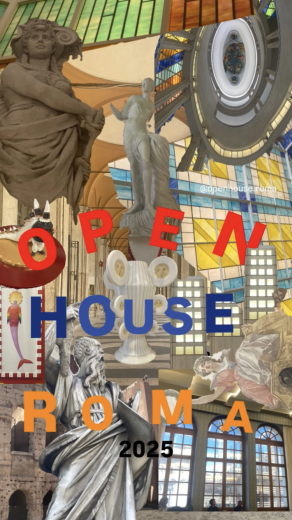
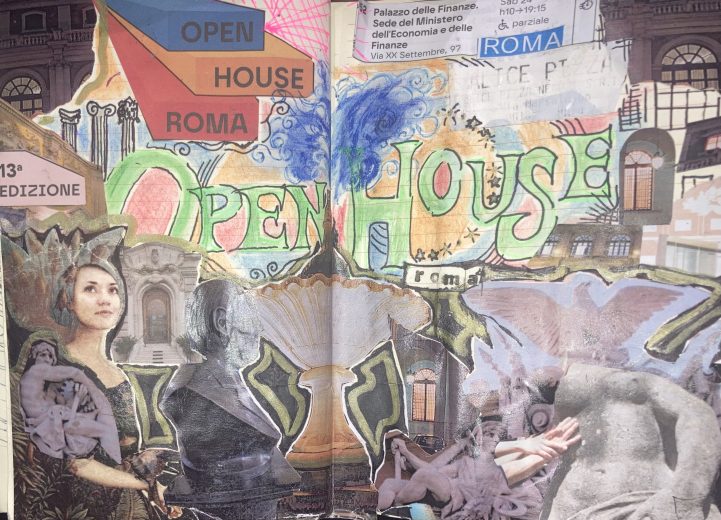
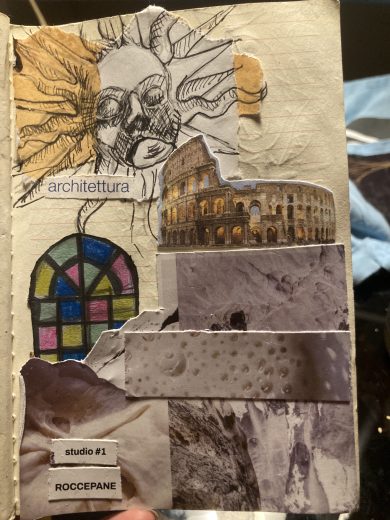
I made a series of collages exploring my experience during open house. Made to reflect the diversity and visual splendour of the event, and architecture as a whole. Using instagram I created digital collages from photos taken, and with the themes in mind arranged the composition, playing with modern ideas and classical forms. The physical collages use a combination of materials supplied by open house, using the pamphlets and lettering. Inspired by the roots of architecture and how they continue to inform contemporary design. I wanted to show open house in a maximalist way as that is truly what the event is, a cornucopia. The idea of inheriting history is very important as every building tells a story and can be the basis for someone else’s creation. The medium reflects these ideas as it is my iteration of these classical forms, and attempting to bring them into future.

Complex and timeless roman layers
Chiara Patanè
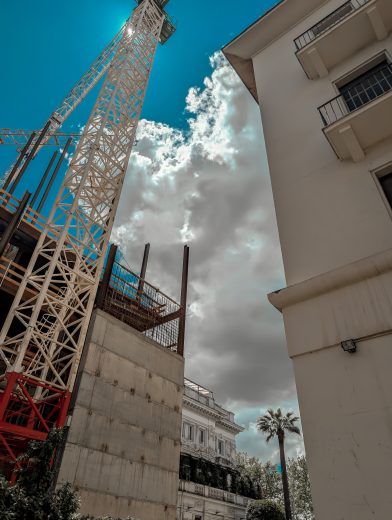
Two vanishing lines emerge from the sharp edges of the foreground buildings. On the right, the misty-toned Palazzina Nebbiosi by Pierluigi Nervi and Giuseppe Capponi, a bold intervention for the Flaminio district’s 1930s architecture. On the left, the new building under construction by Philippe Starck with Raffaele Giannitelli, assertively claiming its space through the demolition of a pre-existing structure. At the center of the perspective stands the Liberty-style building of the Colombian Embassy, just one example of Rome’s imposing architectural heritage. The interplay of staggered visual planes reveals the layered nature of the Roman urban fabric, with its many facets and opportunities waiting to be recognized
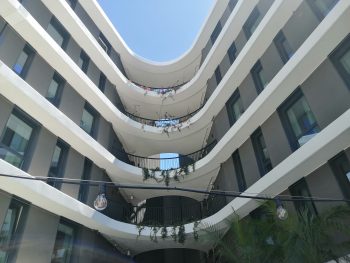
Un grandioso progetto per open roma
Lia scarnecchia
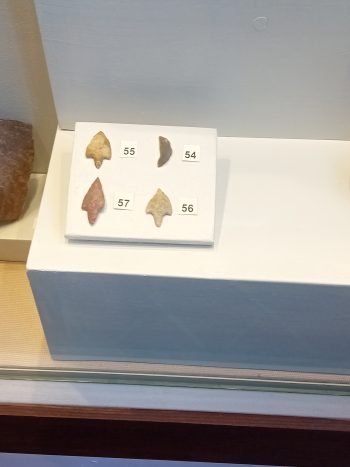
Crossing city and time
Diana Nicotera
 Selected
Selected
futūra
Idea by Isabella Palermo with Bomori Architetti, filming and editing by Alessandro Croci
futūra is the tale of a journey through the eyes of those who participated in giving new life to a forgotten space.
Progetto Forti have narrated the past of Forte Trionfale that is one of 15 military forts in Rome, built in the late 1800s and located in the northern part of the city.
The idea of Urban Value and the studio Bomori Architetti was to transform and recover this abandoned area into a temporary multipurpose center, open to the local community. The intent was to create flexible spaces capable of hosting events of different nature, both public and private. Due to the temporary nature of the project, the key approach was the creative use of color and recycled materials from previous exhibitions.
Thanks to simple but decisive interventions, the aim is to allow a metaphorical dialogue between the ancient heritage of the site and the modern world.
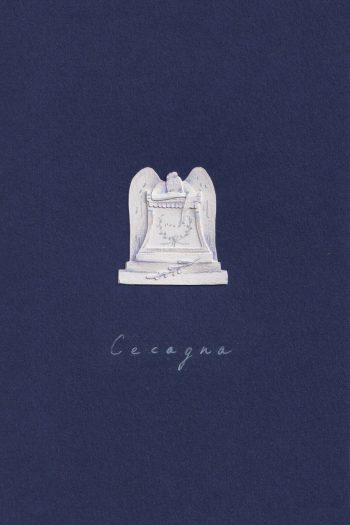
Cocci
Ludovica Cefalo
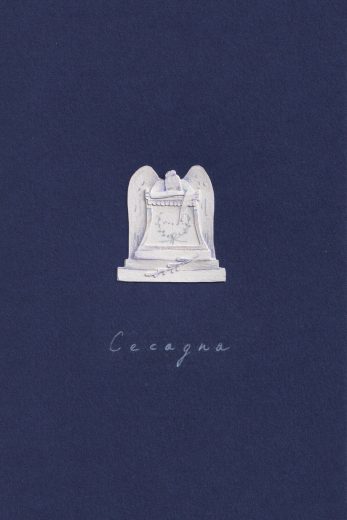

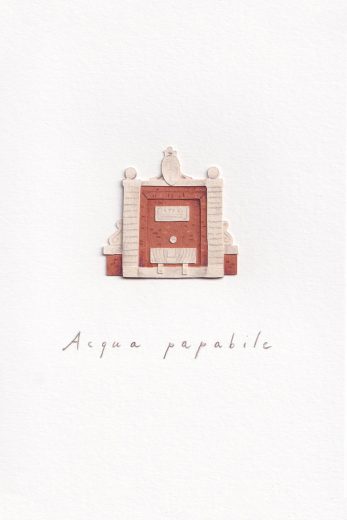
A series of illustrations recounting a perfect example of layering, reuse and enhancement of the Testaccio district. Its “layered” essence has given rise to its very name and is part of its identity. The accumulation of discarded Roman amphorae (“testae”) gave rise to the Monte dei Cocci, where Testaccio was born and developed from there. A demonstration of how a critical issue to be solved was actually an opportunity for urban regeneration and integration.

Metamorphosis
Marianna Licari
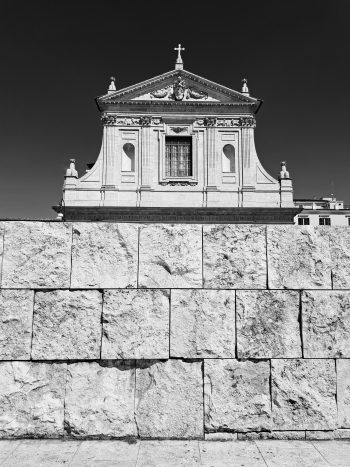 Selected
Selected
BEYOND TIME
Paola Angelani
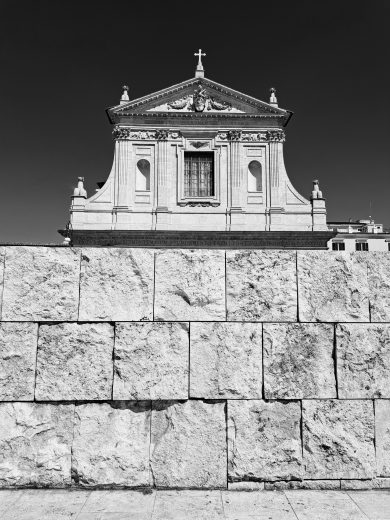
In an urban space where the contemporary meets historical memory, the travertine block wall of Richard Meier’s Ara Pacis Museum and the late-Renaissance facade of San Girolamo dei Croati merge into a single vision. An image that conveys the possible harmony between past and present, becoming a shared heritage and legacy for future generations.

Inhabiting listening
Mahtab Hoomanfar
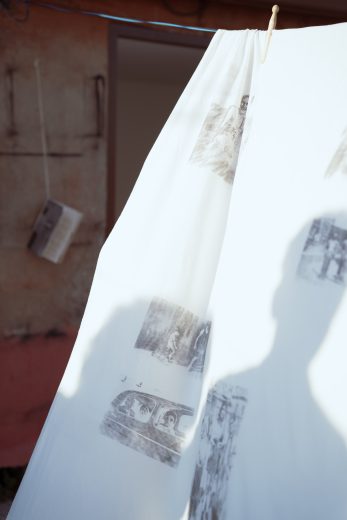
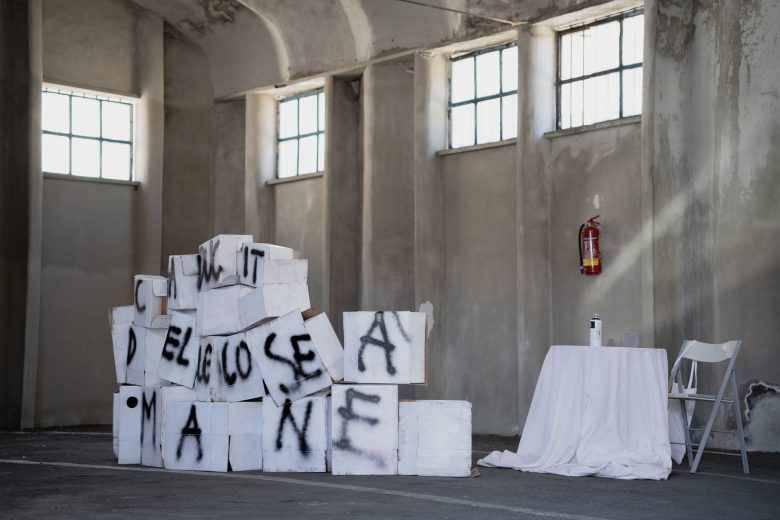
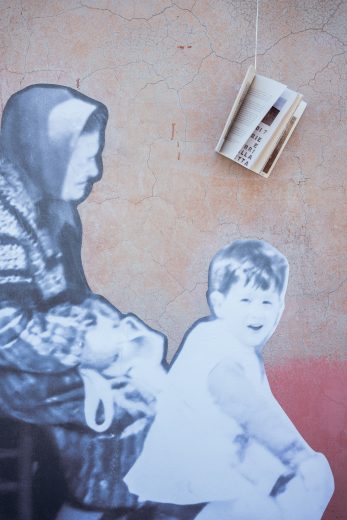
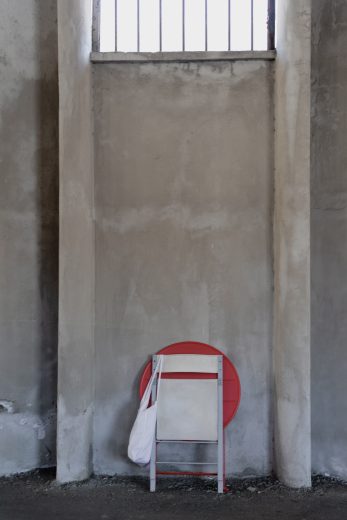
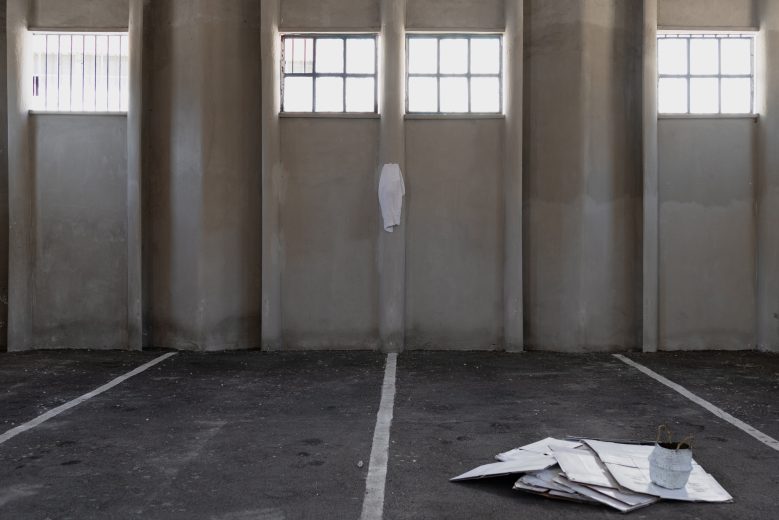

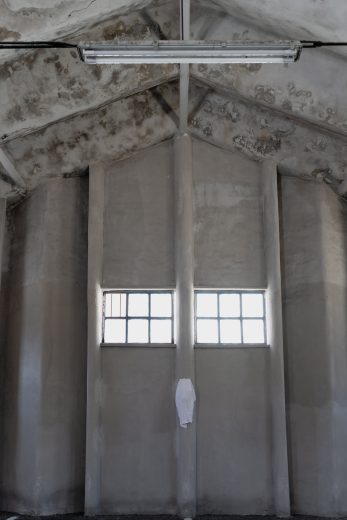
Art doesn’t need a purpose.
It’s not a tool, a weapon, or decoration.
In every struggle, art wins—not by force, but by presence.
It’s not created; it’s revealed.
In light through broken windows, cracks in walls, forgotten silences.
Abandoned places aren’t empty—they’re full of waiting stories, of marks that endure.
Rust, stains, fragments—each has something to say.
We just need a slower gaze, a deeper listening.
We don’t give meaning to things; art calls us, watches us.
Sometimes it asks: do you see me?
It doesn’t need stages or frames.
It breathes in margins, thresholds, pauses.
Wherever there is attention, there is art.
Whoever truly looks, even briefly, becomes part of its silent dance.
Because art isn’t a means.
It’s a message.
A heartbeat.
A presence reminding us that even abandonment
can hold beauty.
Let it pass through us.


